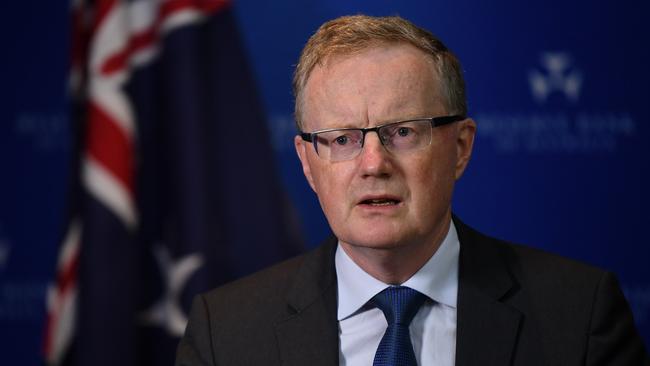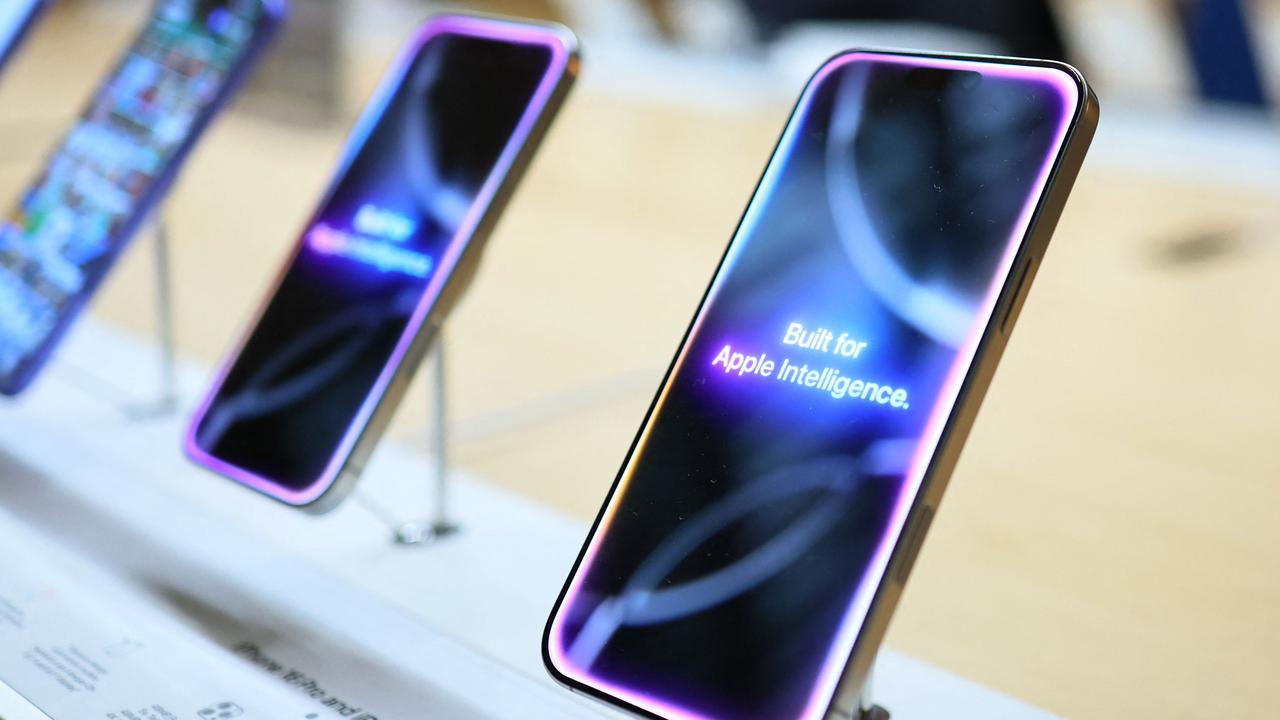Coronavirus: Depth of downturn ‘less than expected’, says RBA
The Reserve Bank has held out hope the economic downturn might not be as severe as feared.

The Reserve Bank has held out hope the economic downturn might not be as severe as feared ahead of the release of official figures expected to confirm the economy is in the first recession since the early 1990s.
Leaving the cash rate on hold at 0.25 per cent as expected, governor Philip Lowe said consumer spending had picked up amid evidence hours worked, which plunged 9 per cent in April as economic restrictions took hold, had stabilised.
“It is possible the depth of the downturn will be less than earlier expected,” he said in a statement that ignored calls from some economists to move to negative interest rates or an expansion of quantitative easing to weaken the Australian dollar and boost economic growth.
“The rate of new infections has declined significantly and some restrictions have been eased earlier than was previously thought likely.”
Most economists expect the economy contracted in the first three months of the year, dragged down first by bushfires and then the coronavirus, which would pave the way for two consecutive quarters of economic contraction — a widely used definition of recession.
While the June quarter’s growth rate won’t be known until September, the severe impact of lockdown restrictions will see a large decline.
“The first quarter GDP result remains somewhat of a sideshow, with output still expected to plunge in the June quarter,” said JPMorgan economist Ben Jarman. “Net trade and government spending were both stronger than expected, while business inventories fell sharply.” He was referring to separate ABS figures released on Tuesday that injected a little more optimism into expectations for March quarter economic growth.
Government spending rose 1.8 per cent over the quarter, while inventories fell 1.2 per cent over the three months, the biggest drop since 2014, as panic buying eroded business stocks.
The economy posted a current account surplus of $8.4bn in the March quarter, the largest as a share of the economy since 1973, as a result of strong export growth alongside a sharp fall in imports. The trade balance, a narrower measure, was $19.2bn in surplus for the quarter.
“While the next quarter will report against a period of even greater global disruption, I am confident the quality and value of our exports will continue to stand us in good stead,” Trade Minister Simon Birmingham said.
Ben Udy, an economist at Capital Economics, revised up his growth forecast to -0.5 per cent. “The solid current account was fuelled by weakness in imports and meant net trade made a larger contribution to growth than many anticipated,” he said.
Mr Jarman revised up his expectation for March from -0.4 to -0.2 per cent; the median forecast for the March quarter was -0.4 per cent, which would be the first quarterly contraction since 2011.
AMP Capital economist Shane Oliver said the RBA was in “watch-and-monitor mode” and correct to resist negative interest rates. “It may be tempting to think the RBA should take interest rates negative to make the Australian dollar less attractive and pull its value down, (but it would) create confusion with the Australian public and there is little evidence that has helped in Europe and Japan,” he said.




To join the conversation, please log in. Don't have an account? Register
Join the conversation, you are commenting as Logout